Obtain ready-made Comparative analysis document Balance Sheet Templates and easily customize them online. With DocHub, you can gain relevant information into your business status and make data-driven choices.

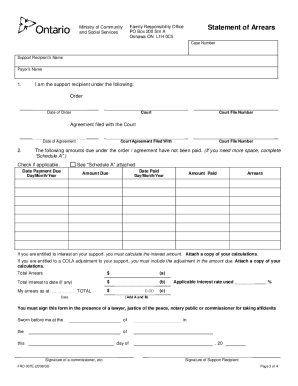
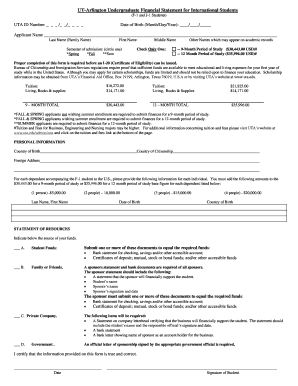
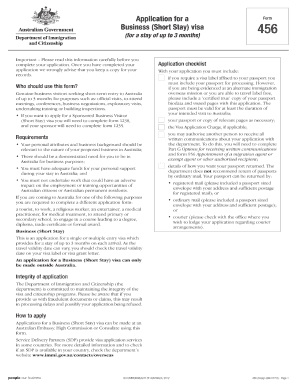
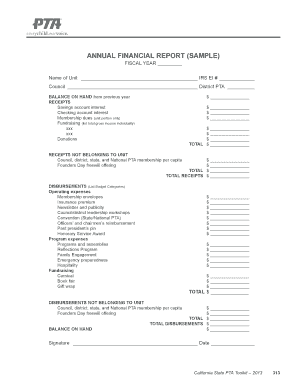

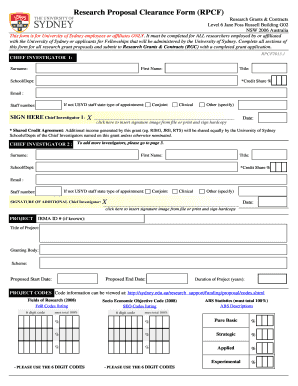

Document managing can stress you when you can’t find all the forms you require. Fortunately, with DocHub's substantial form collection, you can find everything you need and quickly take care of it without switching between applications. Get our Comparative analysis document Balance Sheet Templates and begin utilizing them.
The best way to manage our Comparative analysis document Balance Sheet Templates using these simple steps:
Try out DocHub and browse our Comparative analysis document Balance Sheet Templates category without trouble. Get a free account today!